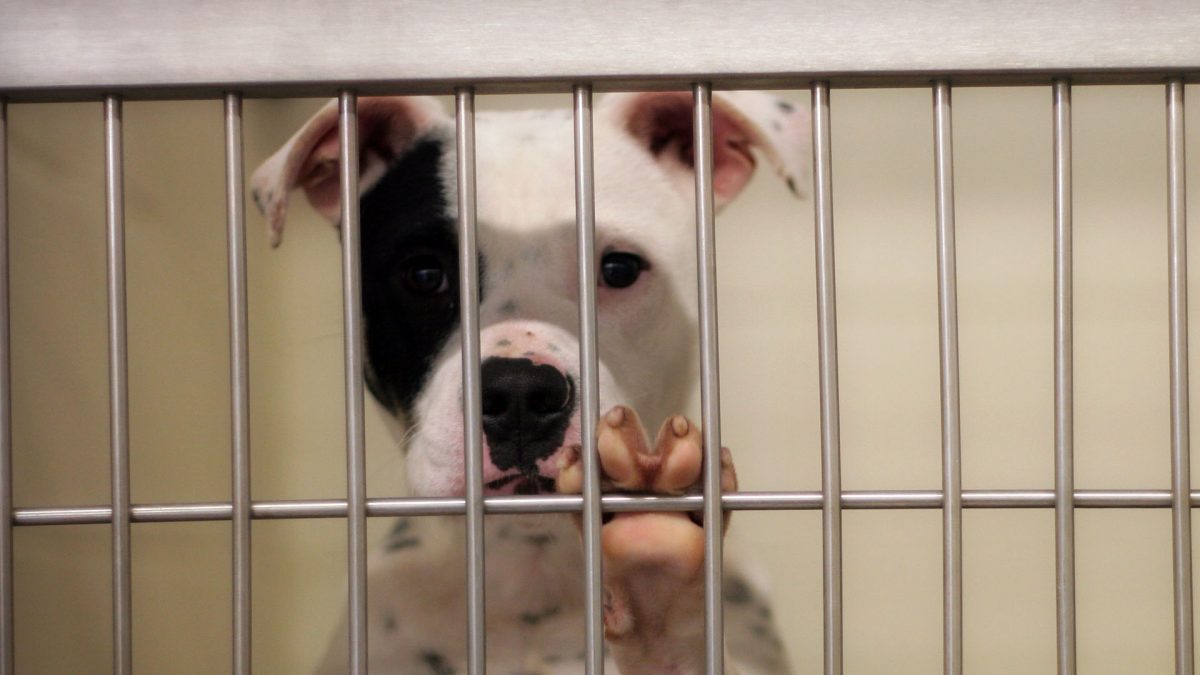
Critics in Orange County claimed that a lack of government resources caused high euthanasia rates. As a result, the county erected a new $35 million Animal Care shelter in Tustin in 2018 that contains all of the wonderful elements (dog runs, play areas) that the previous facility lacked. According to one news account, it was compared to a five-star resort with a paid staff of 140 people and 400 volunteers. That is a massive enterprise.
However, The Orange County Register’s Teri Sforza reported on data collected by a former volunteer and discovered that the “kill rate for adult dogs…has nearly doubled since 2018, and the amount of time they spend behind bars has increased by 60%.” During the epidemic, the shelter ceased accepting walk-ins and instead required appointments. That was understandable at the time, but even after the pandemic was over, the shelter insisted on appointments and accompanied visits.
Dog mortality rates in two Los Angeles County shelters (Palmdale and Lancaster) “have nearly doubled in recent years
Obviously, fewer people will fall in love with a purring or barking companion if they can’t browse the kennels to discover which animal tugs at their emotions. You can’t choose a pet based just on a shelter’s photo, any more than you can choose a mate based solely on their dating website bio. Animal Care increased the number of walk-in visits amid criticism, but it’s still absurdly limited and I gave up trying to get info after a really long wait on its phone line.
The facility’s bureaucrats—the West’s largest municipal “animal-care” operation—present these customer-unfriendly, animal-harming restrictions as a way to protect the critters from stress and the public from animal attacks. In truth, it’s just the latest example of government prioritizing employee convenience over public welfare, similar to how public schools and teachers’ unions delayed school re-openings. A county grand jury report this year pointed to “excessive euthanasia rates, poor leadership, inadequate numbers of animal care attendants, a lack of cooperation between staff departments, the exclusion of kennel staff from euthanasia decisions, the lack of proper assessment of animals chosen for euthanasia, and low morale negatively impacting the operation of the shelter.”
Of course, the issue isn’t limited to Orange County. According to a recent Los Angeles Times study, dog mortality rates in two Los Angeles County shelters (Palmdale and Lancaster) “have nearly doubled in recent years—from about 15 percent in 2018 to 28 percent through this August.” Other county shelters have done a better job, but the situation remains depressing. In 2020, Gov. Gavin Newsom declared that, “We want to be a no-kill state.” He allotted $50 million to the endeavor. But, as The Sacramento Bee reported in October, “Three years and tens of millions of taxpayer dollars later, California animal shelters are euthanizing more healthy, adoptable dogs and cats than ever.” The newspaper noted most of the money ended up going to the UC Davis Koret Shelter Medicine Program, “to be spent on developing ways to reduce animal euthanasia.”
That is unfortunately typical of the government, and particularly of this governor. Make some lofty pledges. Set aside tens of millions of cash. Spend it on researching the problem rather than changing the agencies in charge of carrying out the task. Any animal lover can tell you how to reduce euthanasia for considerably less money. To begin, eliminate unnecessary epidemic policies and reintroduce people to the kennels. “Animal shelters across the state continue to retain a pandemic mindset,” according to the Bee’s report of a chat with the leader of an animal advocacy organization. “Those interested in taking an animal home must make an appointment first,” and animal welfare organizations “have also cut back on other programs, such as adoption outreach and foster care.”
There is no excuse for imposing these limitations so long after the pandemic has ended. Meanwhile, animal-care officials make excuses for rising animal abandonment and strays, even though they are well-funded to deal with it. (After all, this is their job). However, bureaucracy rarely produces innovation and compassion. This frequently results in squandered tax resources and poor governmental services. It’s heartbreaking to think that more loving kitties like Marigold will be euthanized.
